Staging a house – 15 home staging tips from real estate experts
There’s no doubt that staging a house – whether or not you use a professional company – can give it real ‘buyer appeal’
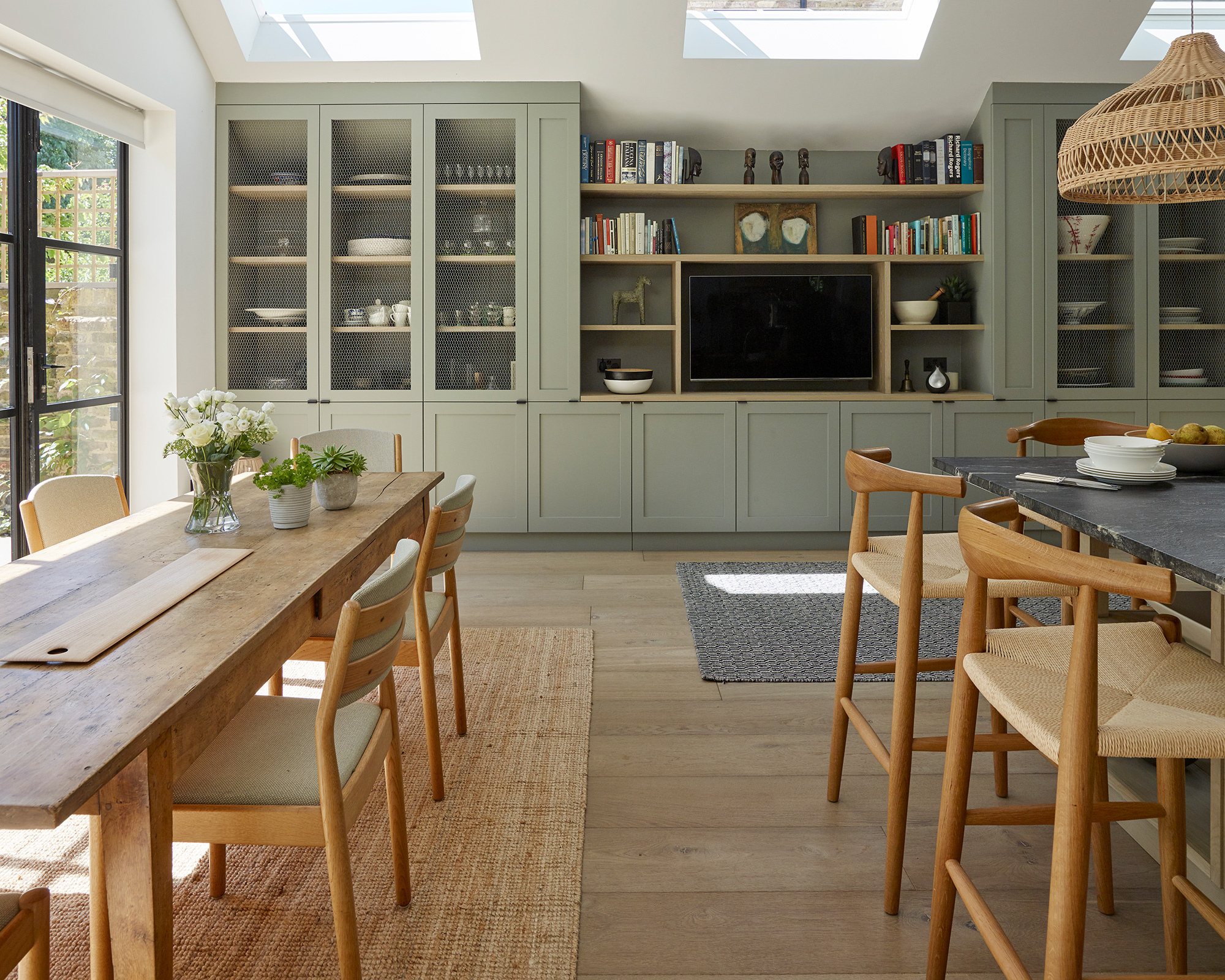

Staging a house prior to selling it is one of the best investments you can make to ensure it gets a quick offer and achieves the highest sale value. Research has shown that a staged homes sells three times faster than a non-staged home – and 70% of real estate agents stated that home staging increased the offer value on a house by up to 10%.
Homes & Gardens caught up with experts in the field, Anne Carr of Los Angeles-based Anne Carr Design and Alex Willcocks, managing director of London-based Burbeck Interiors, to discuss the features home buyers want, the benefits of home staging – and how to do it.
Staging a house – top 15 home staging tips
'Staging is really important for two reasons,' says Anne Carr. 'Most people cannot see beyond what is in front of them. They get caught up in past perceptions, so you need to show them what is possible.
'Sometimes rooms are awkward and you need to show people how a space can be best utilized. The second reason is that the person may not be very good with space planning. Rooms tend to feel a lot smaller without furniture, so how we place furniture gives buyers a sample of what is possible.'
No matter your budget these golden home staging tips are sure to have an impact.
1. Declutter your home
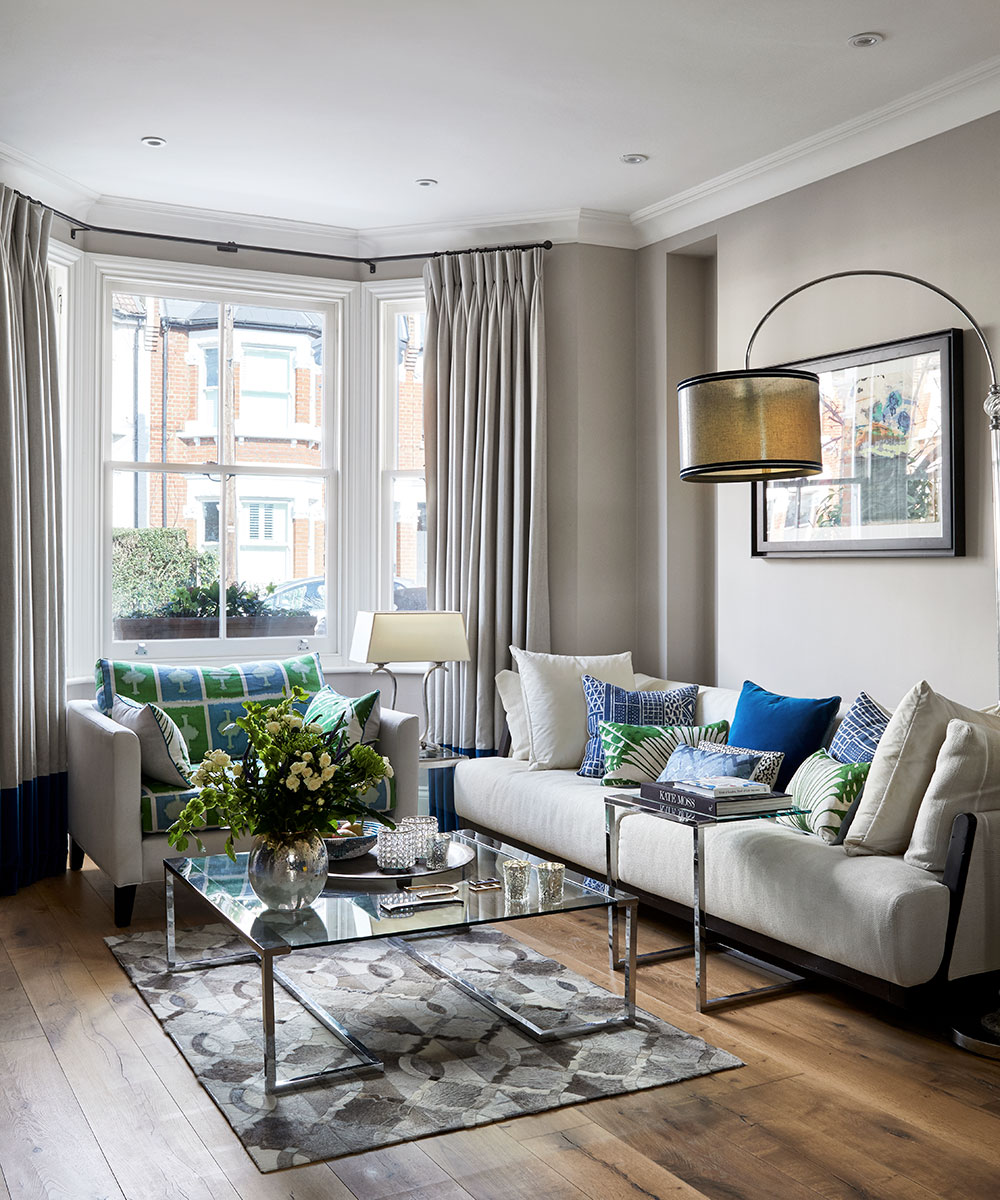
Decluttering is the first job you should tackle when home staging. Clutter is distracting for buyers – their eyes will be drawn to your belongings and not the rooms. The rooms themselves will look smaller and untidy if cluttered, too.
'Nearly all of us have too much ‘stuff’, which has been accumulated over years if not decades. Decluttering each room is an excellent investment of your time,' continues Alex Willcocks. 'It's important potential buyers can envisage themselves living in the property, for that to happen it has to feel like you don’t.
'Try to free up as much surface space as you can on shelves, coffee tables and especially in the kitchen. Wicker or rope baskets are excellent for throwing items in that you need but don’t necessarily want to see. Storage units and containers are another great option should you require more space.'
2. Invest in storage – but don't overload it
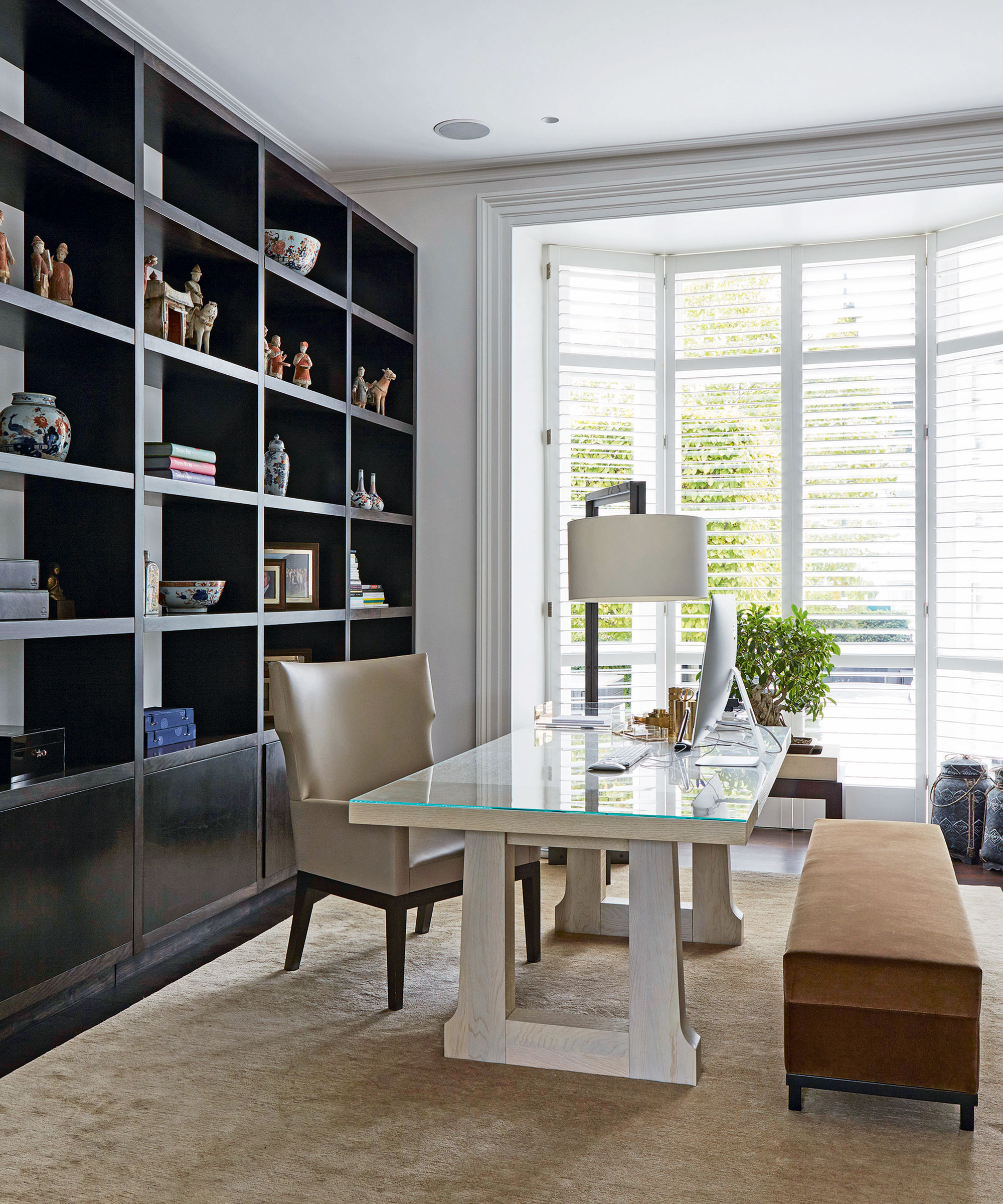
Now you've decluttered you can clearly see where there might be a need for extra storage to make rooms feel really neat and organized. Ideally, you should ensure your storage units, hidden behind doors or otherwise (remembering that buyers will open cupboard doors), shouldn't be overloaded.
When staging a house, you want buyers to think your home can cope with their belongings because your storage is ample, not under pressure.
3. Clean, clean, clean
A clean home will feel well-cared for, which is important for most buyers – even renovators don't want to buy somewhere that gives the impression of being neglected. Plus, a clean, aired home will feel fresh and welcoming – this will help buyers envisage themselves living in your home.
'If you do nothing else, make sure your home is clean, clutter and odor-free (you may be used to your pets’ pong but buyers won’t be!), and that there are no "yet to be finished" DIY jobs as they’ll give the impression that your house will need a lot of maintenance,' advises Alex Willcocks.
4. Tackle home staging must-do DIY jobs
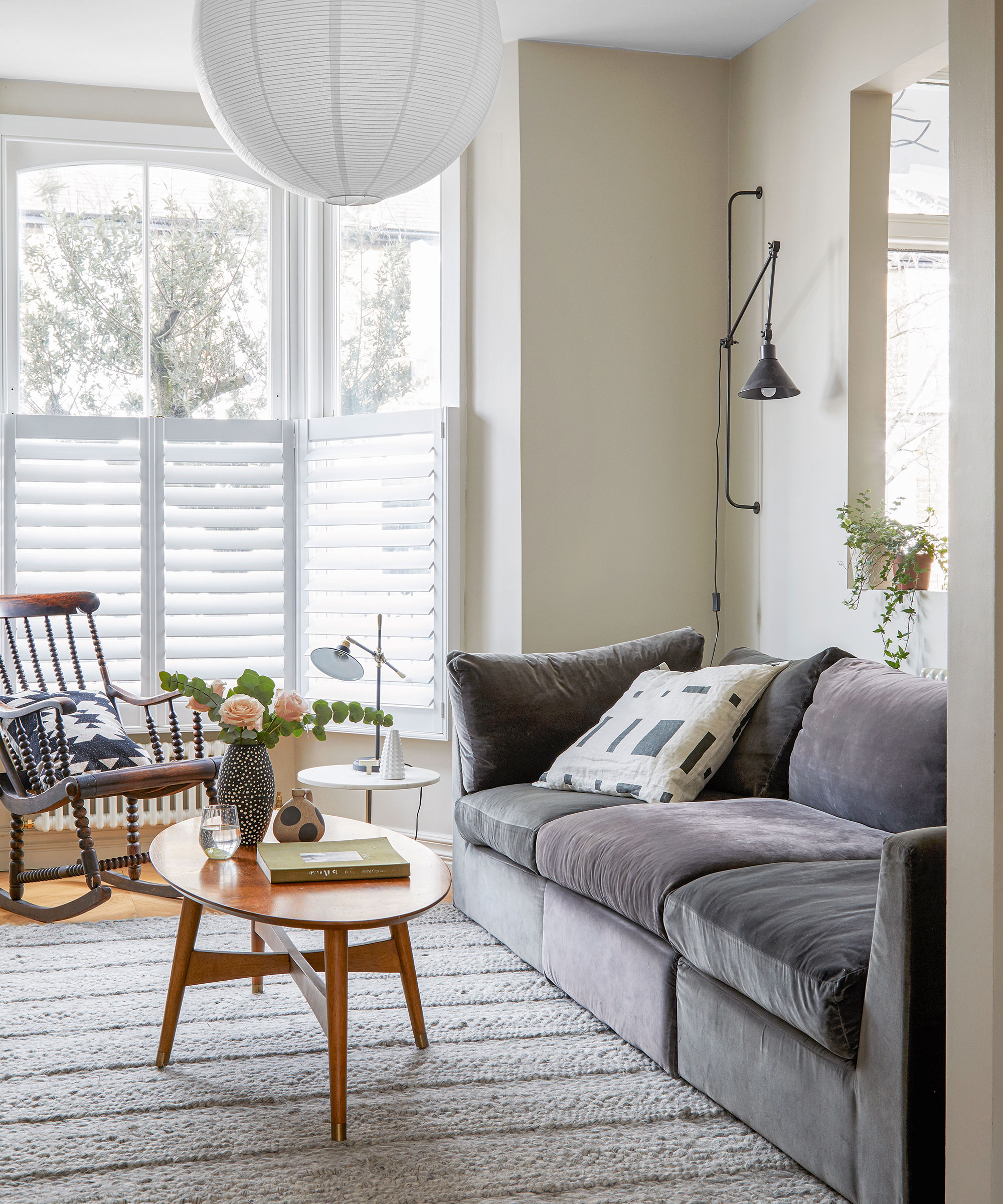
Just as a property needs to be clean to feel well maintained, a home also needs obvious maintenance tasks ticked off in order to secure an offer fast. So, make a list as you assess what needs doing to stage your house: fix that dripping faucet, mend the guttering, fill holes and cracks in walls, repair that door... anything that looks broken or doesn't work can put buyers off.
5. Refresh rooms with light reflecting colors
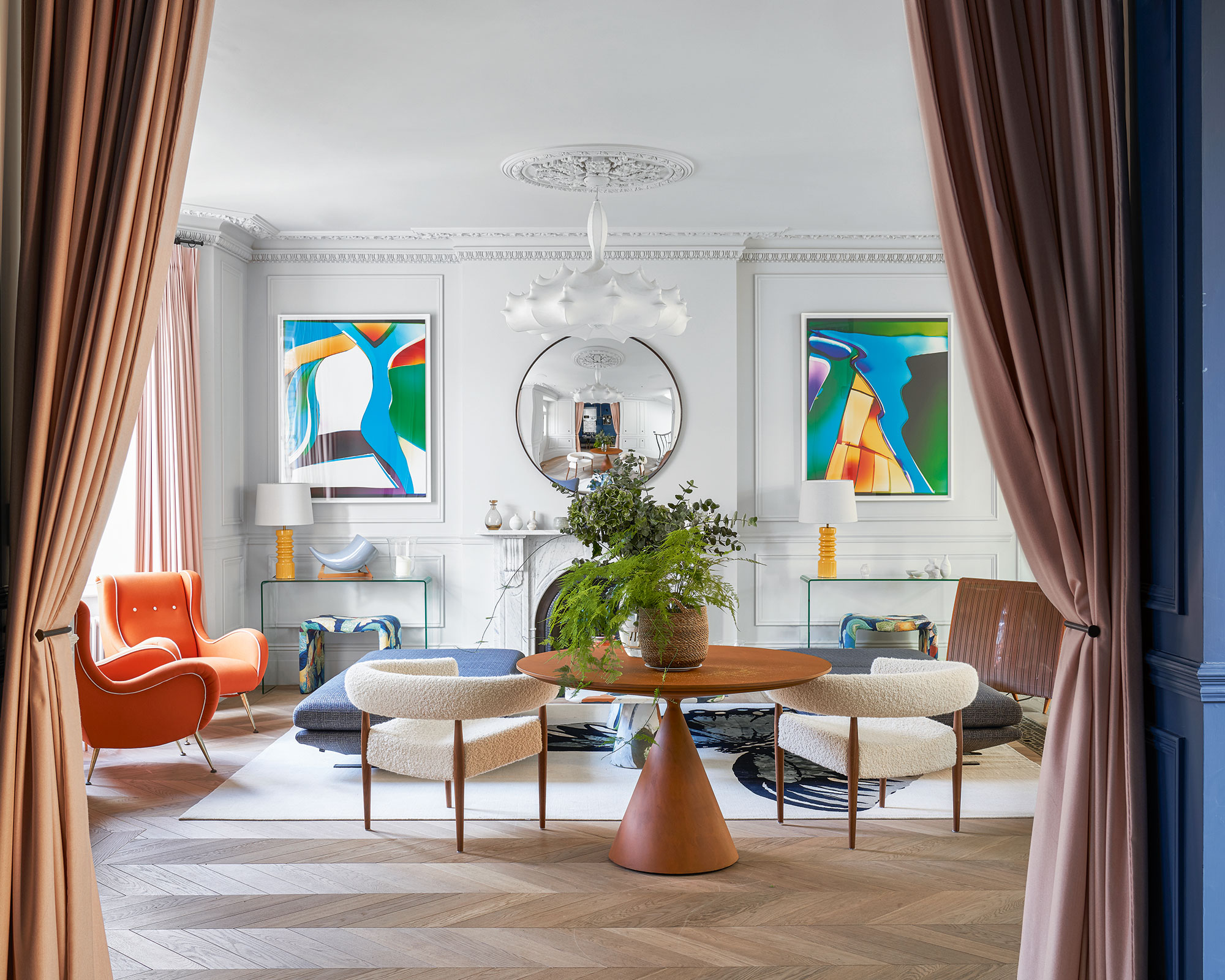
It's well worth reconsidering, for example, living room color schemes.
'A fresh coat of paint makes a huge amount of difference. It brightens a room, it can make it look bigger and, it gives an overall appearance of a well-kept home,' advises Anne Carr of Los Angeles-based Anne Carr Design.
And while you may love bright or dark colors or bold wallpapers, it's often best to stick to what's safe to secure a sale when staging a house. That needn't mean white, neutrals, naturals and pastels can all create a space-enhancing feel buyers will love.
6. Renovate your kitchen and bathroom
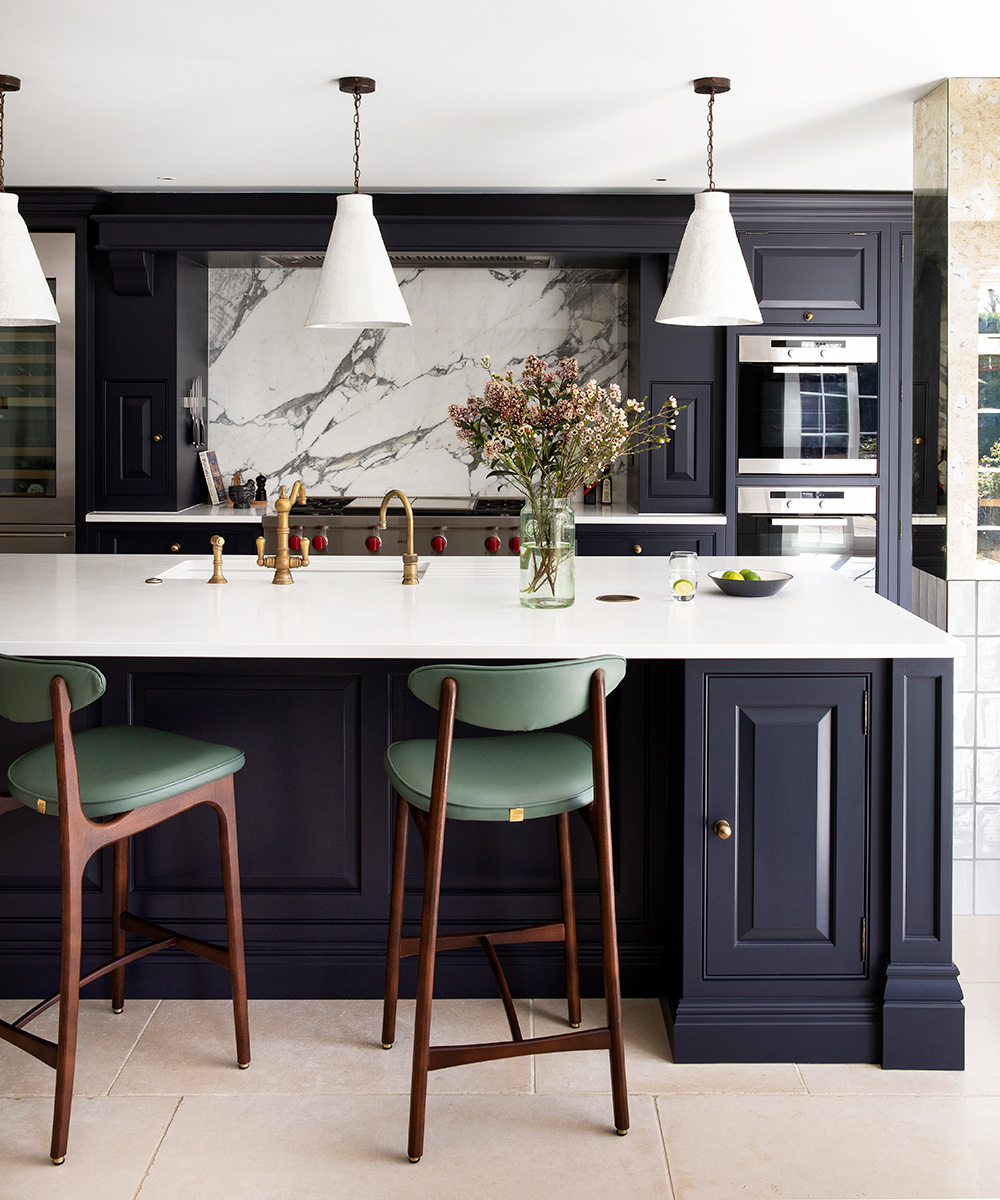
Interior design / Tom Howley
Staging a kitchen may be more than just decluttering and cleaning – if yours is holding back your chances of getting an offer, you may need to consider a remodel, the cost of which, done wisely, can be recouped when you sell.
'A new kitchen has the most impact on a new buyer. It demonstrates to buyers that the house has been updated. You always recoup your investment from upgrading kitchens and baths,' continues Anne Carr.
This may not mean remodelling – painting kitchen cabinets can make a world of difference.
'Bathrooms and landscaping are important, too,' advises Anne Carr. 'Redoing floors is worth it if you are staying in the home, but not needed for a sale. Built-in cabinetry is another one.'
7. Rework room layouts
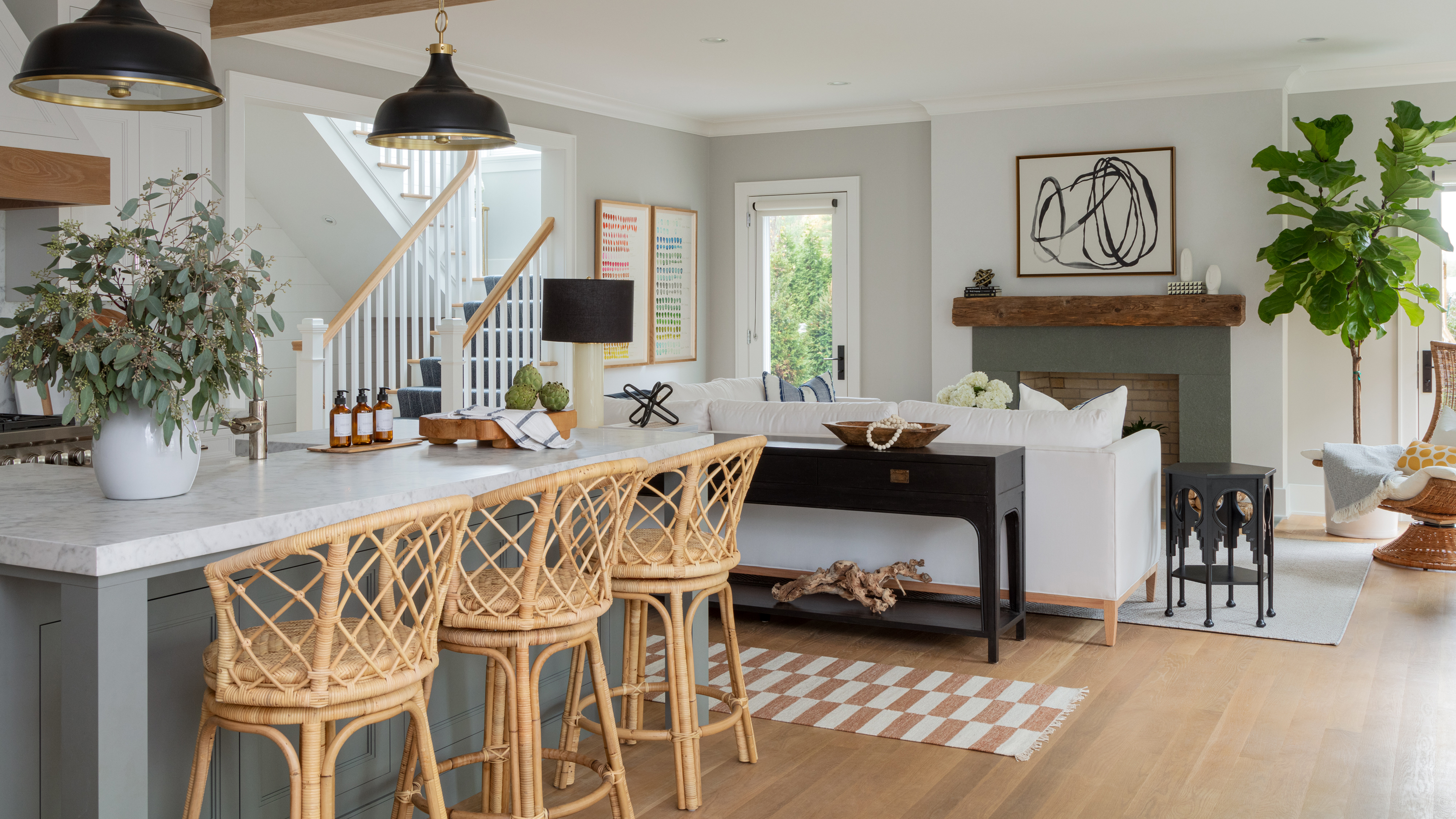
Staging a house might involve reworking rooms' layouts. This is particularly important when staging a living room – especially if it is an open-plan room that doubles up as a kitchen diner, in which case you may need to investigate new living room layout ideas.
'I arrange the room to look its best – not for practicality's sake,' says Anne Carr. 'For example, sometimes a table may be too close to a cabinet for proper opening and closing, and that's because we are just after a balanced look, instead of necessarily trying to be practical.
'The same goes for television placement. Some brokers get hung up on whether the TV placement is viewable from different furnishings. I say it doesn't matter for selling purposes, because no one is watching TV while viewing the home!'
8. Remember accessories when staging a house
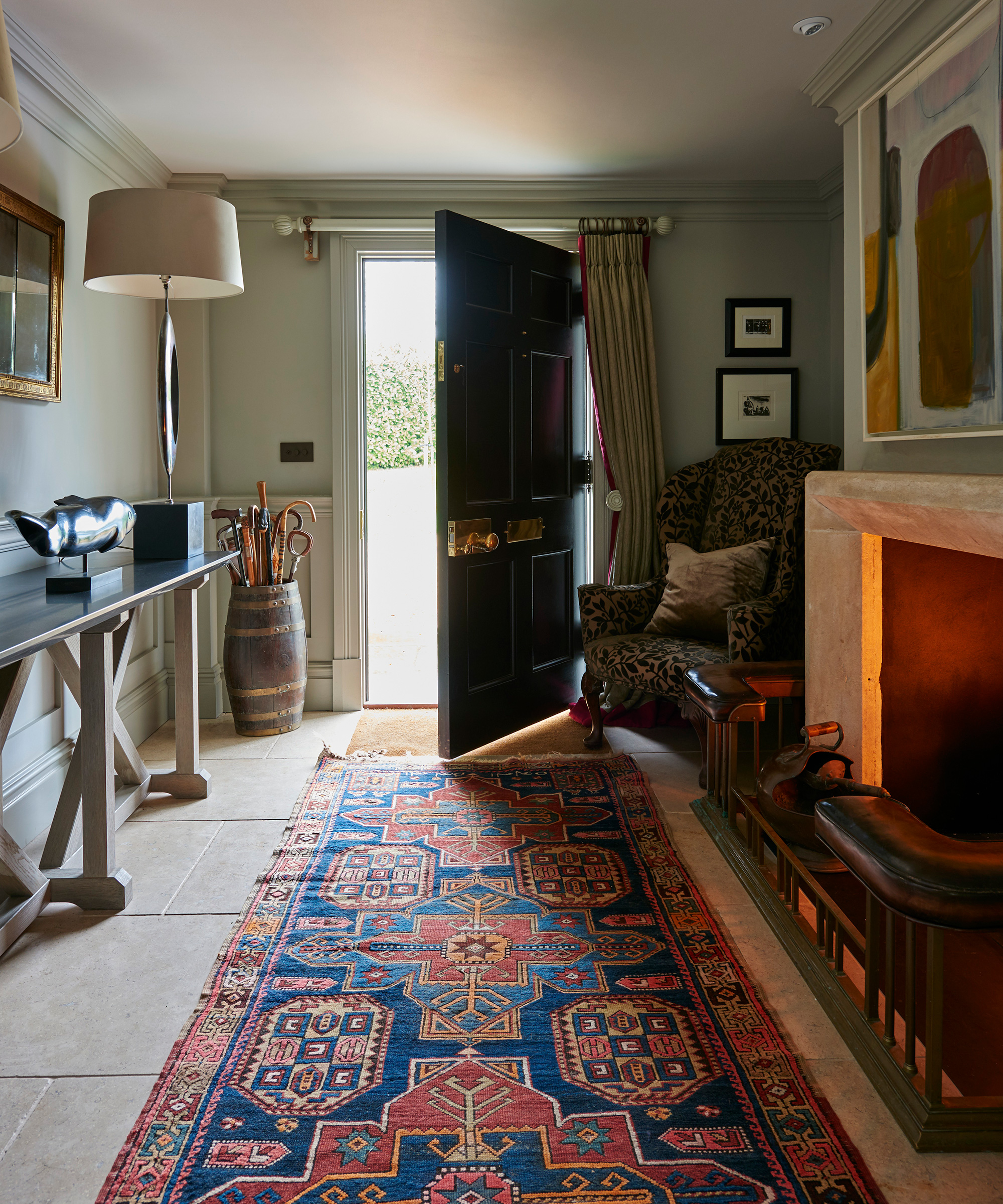
Staging a house isn't just about adding new pieces to your home – you may also need to get rid of some well-loved furnishings, too.
'Get rid of all stained rugs and furniture. It gives an overall bad feeling to prospective buyers. It makes a home look beaten up. If you can’t replace it, you can buy inexpensive sisal rugs and place them on top of the existing rug, advises Anne Carr.
'It is not as pricey as people believe to reupholster furniture and it can make a huge difference. If you like the shape of a piece, reupholstering can really revive it. You just have to choose a moderately priced fabric.
'New, fresh looking furniture will elevate the entire room. If you cannot redo the kitchen, and your kitchen is dated, painting the cabinet fronts can give a kitchen a huge facelift without a big investment.
'Colorful throw pillows that work together also give a home a look of well-balanced look as well as matching throw blankets.
'Accessories make a big difference, too. Consider placing a coffee table book with a candle or an interesting decorative piece.'
'Making small changes to a room can often have a big impact on its ambiance. I would recommend always replacing bed linen and towels with new crisp white replacements,' advises Alex Willcocks. 'The same rule applies to bath and hand towels. Scented oil diffusers and candles are always a good idea to create a warm welcoming environment.'
9. Stage a house for comfort
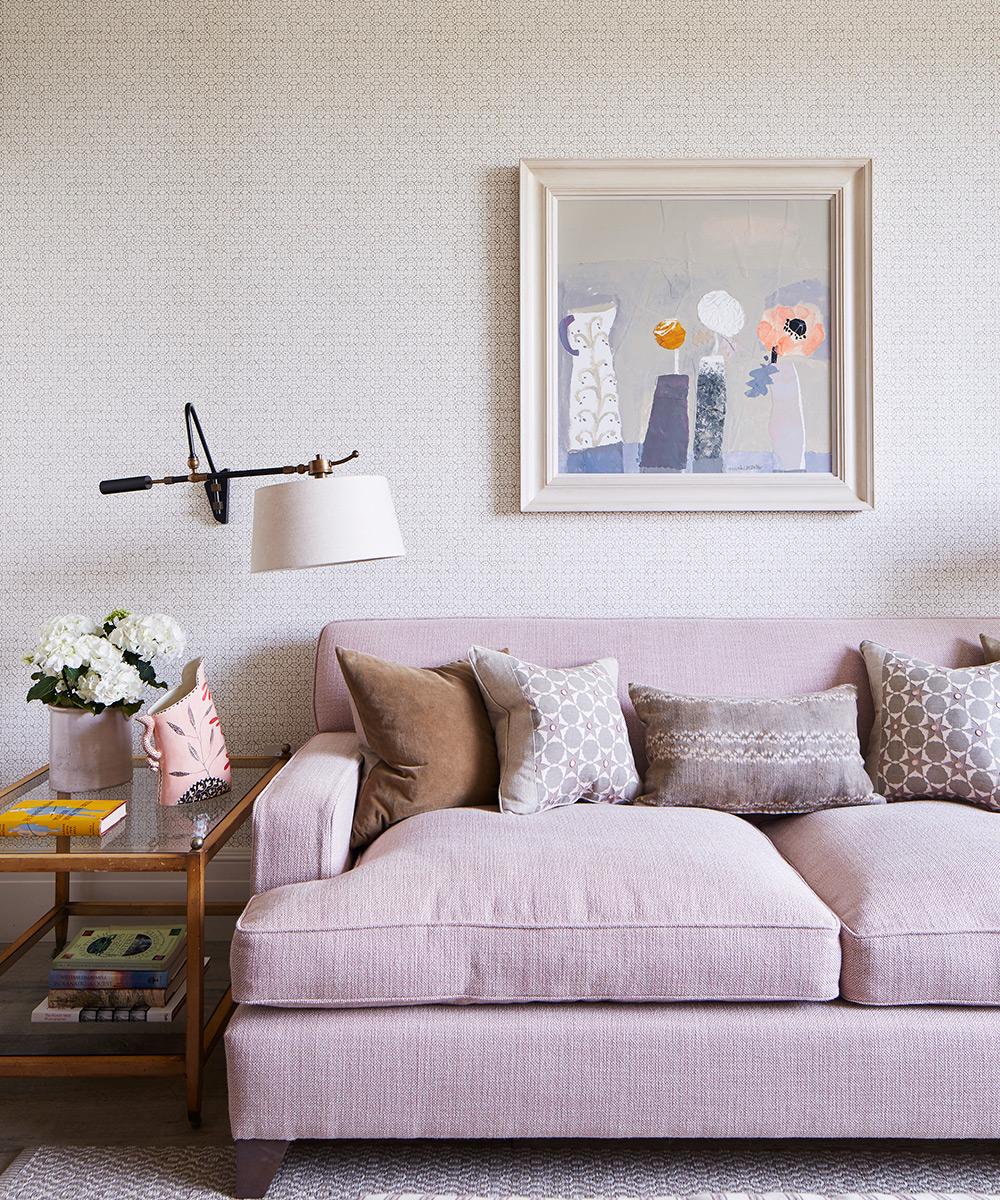
'Comfort is much more important because people are staying in their homes for long periods of time,' says Anne Carr. 'We are getting requests for large comfortable sectionals for long Netflix watching with the entire family.
'Unlike the early 2000s where everyone wanted open concept living, clients are realizing that they need privacy and quiet to work or go to online learning. Many clients are changing room formats so that every family member has an office.
'I think buyers like to see up-to-date furnishings that don't look too cold. There was a trend a while back for everything to be white, but it also has to make people feel like their lifestyle could fit in with this on a daily basis, so it's important not to give any space an impersonal, hotel look. '
10. Add pops of color for personality
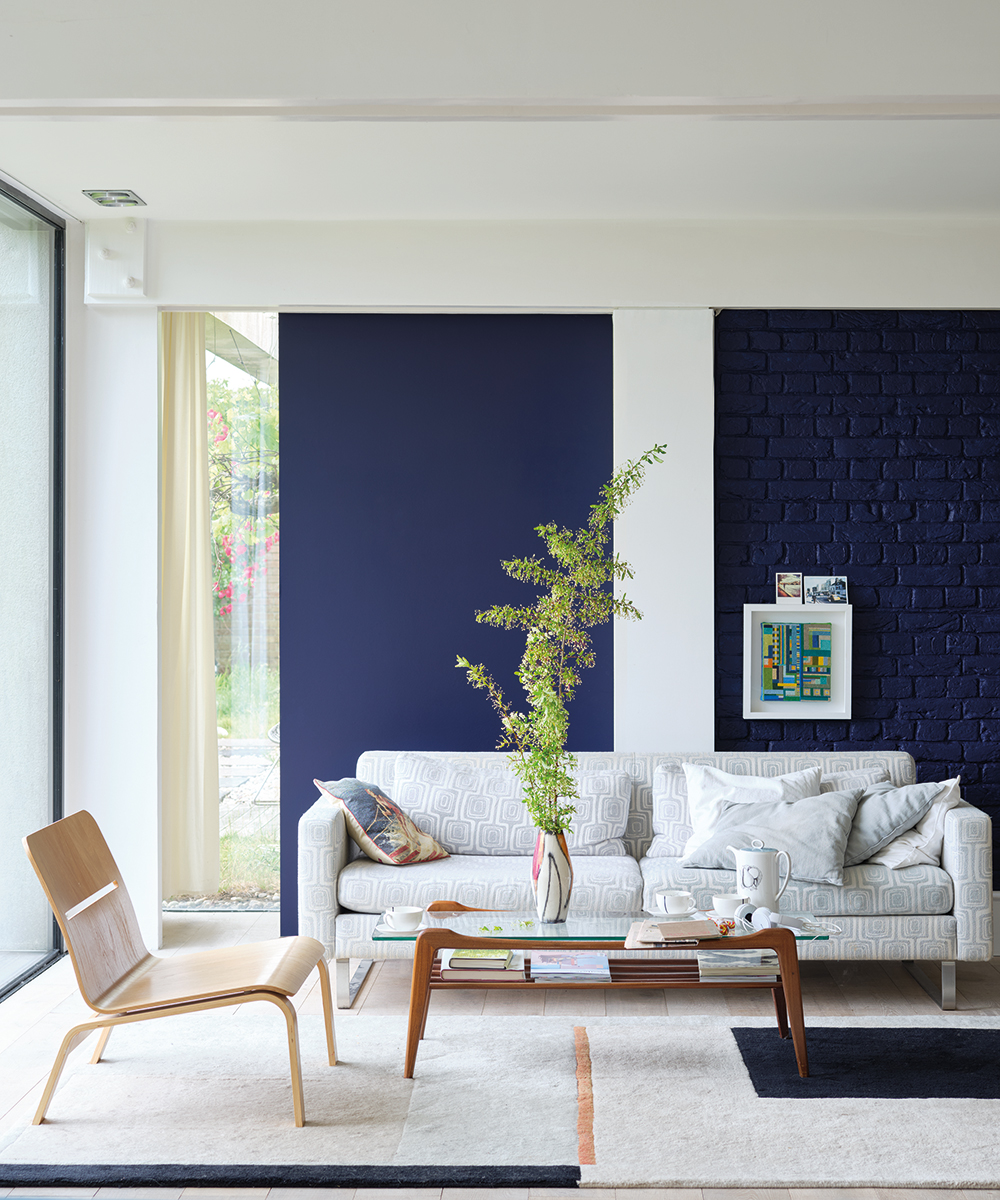
'People do like to see a pop of color in pillows or in an occasional chair,' continues Anne Carr. 'When home staging, we also like to add an element of surprise through art with color. The psychology of color says that the majority of people gravitate towards things that are blue. In more modern homes, we will use a neutral palette with more black than we would in a farmhouse style of architecture.
'In Southern California the look doesn't really change that much in different seasons, however we do tend to use more subdued colors in fall and winter. We may add a chunky throw and more organic materials to add texture to the design. Summertime is always a happy time, so we try to throw in some bright colors in our design, especially in the outdoors.
11. Make a good first impression by staging your front yard
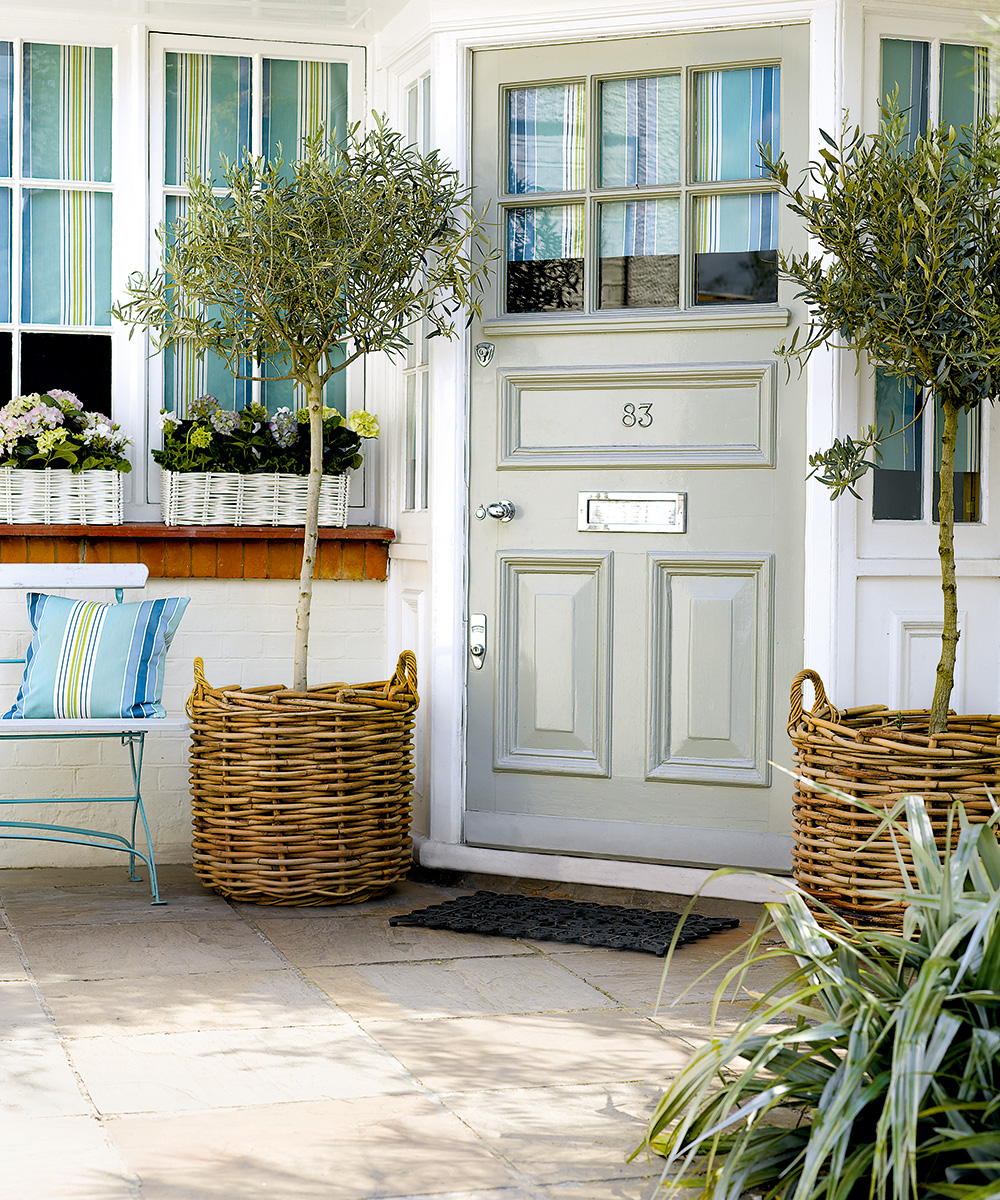
'This timeless expression is applicable to selling your home,' says Alex Willcocks, managing director of London-based Burbeck Interiors. 'A buyer's decision making process doesn’t start once they are in the property, it started 100 meters before that. As such any remedial work or improvement that can be made to the entrance of the property will pay dividends.
'This can be as simple as weeding the path leading to the front door to a new coat of paint on the door itself or investing in some lovely front yard flower bed ideas. Try and clean any windows you can, especially the one at the front of the property. As summer continues new flowers or a hanging basket can give a positive impression, their aroma can also create a good first impression.'
12. Use real plants in home staging
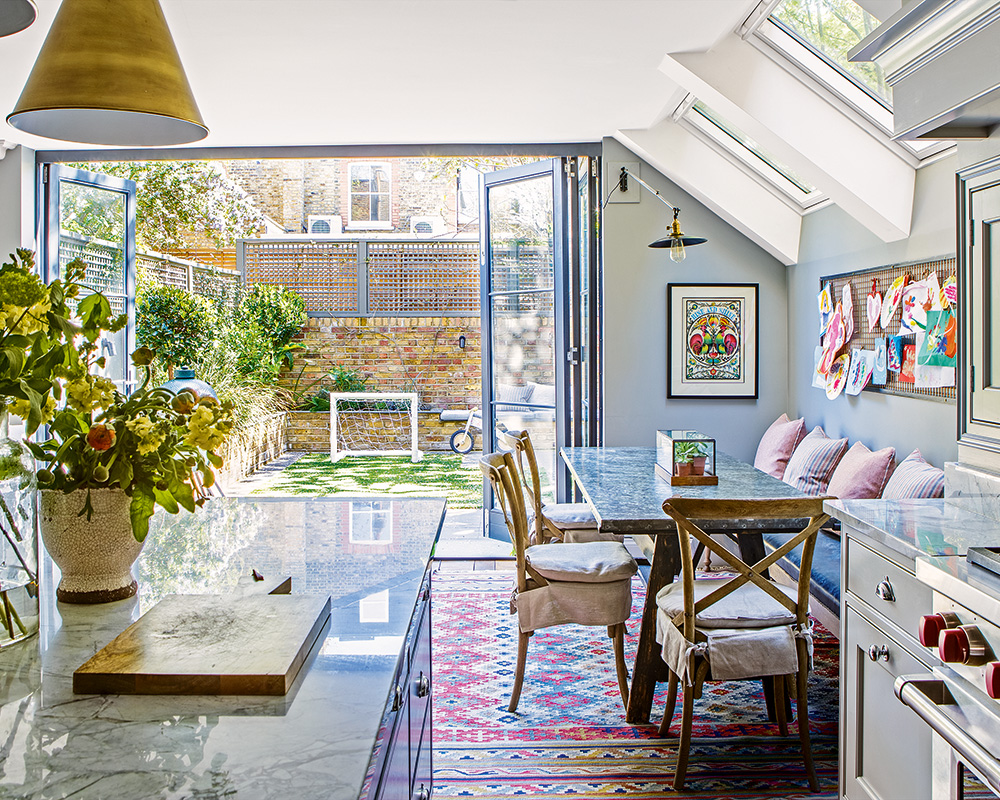
Using house plants in staging a house can be effective.
'We like to use real plants if it's possible for us to maintain them on a weekly basis,' says Anne Carr. 'Again, it feels less like a hotel to buyers and more like a place they can see themselves living. We rarely use faux flowers, unless they are really high quality and difficult to decipher from the real ones.'
13. Don't forget to stage the back yard
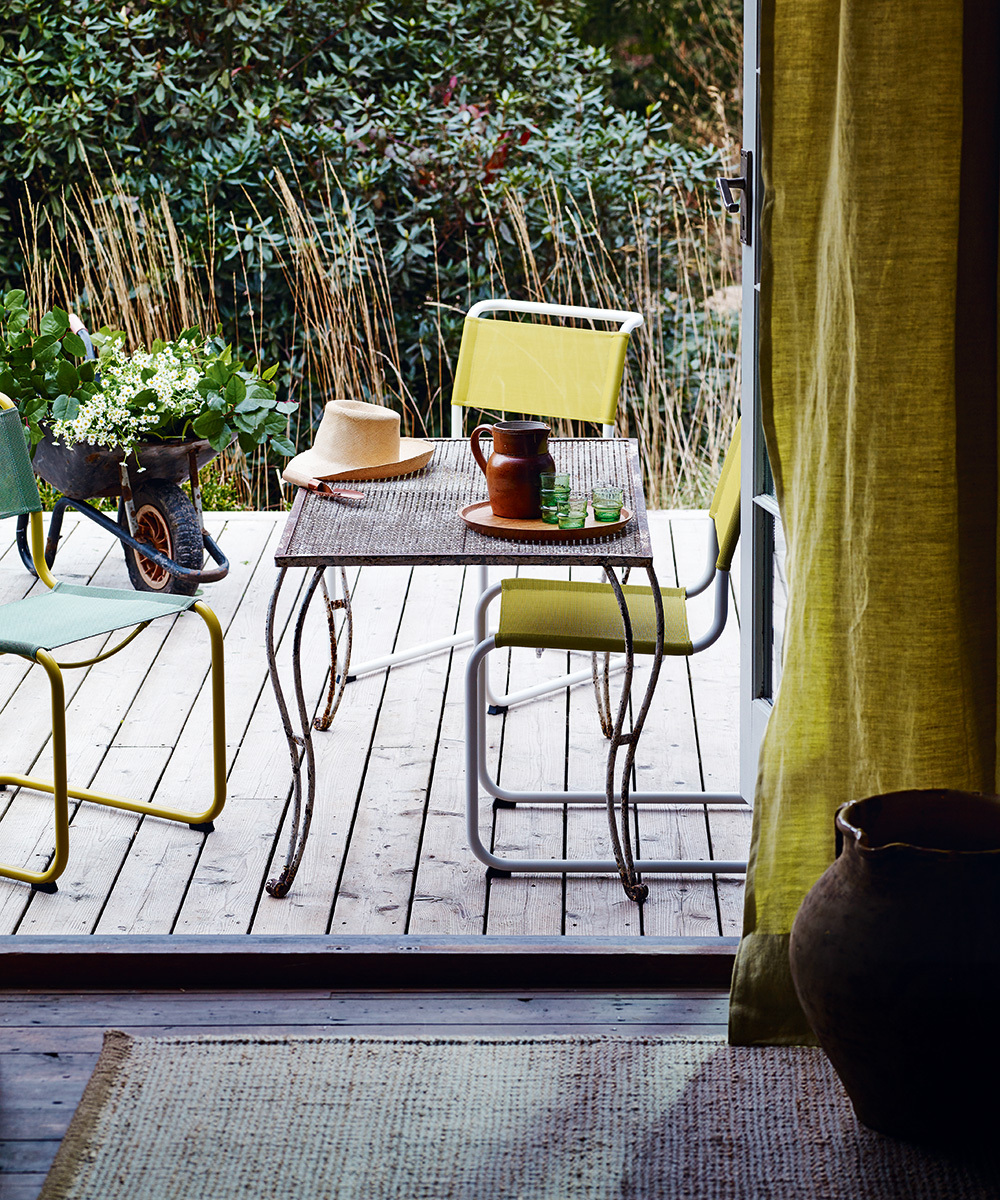
'If you are lucky enough to have any outside space, you really need to maximize this as much as possible,' continues Alex Willcocks. 'It doesn’t matter if it's 6ft by 6ft or 300ft long, you need to get this to do the selling.
'Just like with the front of the property, assess what needs to be done to make it as presentable as you can. Treat it as an extra room and home stage it accordingly. Start by measuring your outdoor area and deciding what type of furniture will best suit your needs and lifestyle – a bistro two-seater table and chairs is perfect for romantic al fresco dining on a city balcony, whereas a large sofa set is a good choice for a sociable family household – all these backyard ideas will help.'
14. What not to use in home staging
'I try not to use metallic accents. I feel it is a dated look and can cheapen a room,' concludes Anne Carr.
'I would always advise homeowners to go out when buyers are due to visit – let your realtor show them the property,' says Homes & Gardens Editor in Chief. 'In my own experience, they will feel more relaxed, be more likely to spend more time looking around, imagining themselves living there, and the house will feel less like yours, and more like – potentially – theirs. For this reason, too, de-personalizing is a must. Family portraits should be put away for now and those on the wall replaced with more neutral art.'
15. Stage a house to suit its age and style
Staging an older home is the same as staging a modern one except that any home will look best if the interior complements the home's age, architecture and style. Having a cohesive look that runs throughout an entire home can make it look bigger, too.
Why use home staging to sell a house?
Staging a house is one of the easiest and best ways to add value. Home staging incorporates a vast array of different services, from basic decluttering to a complete interior makeover. These, you can tackle yourself, perhaps with the advice of your realtor, although professional home stagers will make the process smoother, quicker and, potentially, more successful.
Prices for home staging can vary depending on the scope of the work that needs to be undertaken, however there is a lot you can do to increase the marketability of your property – and this is what we're looking into here.
Who pays for the staging of a house?
Homeowners pay for the staging of a house since it is in their interest to gain a quicker offer, sale and, hopefully, a higher price.
How do I stage my home myself?
To stage your home yourself, follow these simple steps:
- Declutter rooms – put items in storage if necessary.
- Invest in good storage – this will make rooms feel well organized and neat.
- Clean and maintain your home.
- Repaint bright or bold schemes in more neutral, light-enhancing colors.
- Rethink room layouts to make them look bigger.
- Dispose of – or put in storage – old, worn or very personal items.
- Ensure curb appeal is attended to.
Thanks to Burbeck Interiors and Anne Carr Design
Sign up to the Homes & Gardens newsletter
Design expertise in your inbox – from inspiring decorating ideas and beautiful celebrity homes to practical gardening advice and shopping round-ups.

Jennifer is the Digital Editor at Homes & Gardens. Having worked in the interiors industry for several years in both the US and UK, spanning many publications, she now hones her digital prowess on the 'best interiors website' in the world. Multi-skilled, Jennifer has worked in PR and marketing and occasionally dabbles in the social media, commercial, and the e-commerce space. Over the years, she has written about every area of the home, from compiling houses designed by some of the best interior designers in the world to sourcing celebrity homes, reviewing appliances, and even writing a few news stories or two.
-
 5 surprising but brilliant ways to clean with old socks – from perfectly buffing stainless steel to deterring pests naturally and more
5 surprising but brilliant ways to clean with old socks – from perfectly buffing stainless steel to deterring pests naturally and moreTackle dust in tricky corners, clean your mirrors and even banish bad odors with those rogue single socks
By Andy van Terheyden Published
-
 How to grow astilbe – expert advice on cultivating this shade-tolerant flowering perennial
How to grow astilbe – expert advice on cultivating this shade-tolerant flowering perennialShade-tolerant and pest-resistant - astilbe are hardy and tough perennials that can thrive in many settings
By Ellen Wells Published